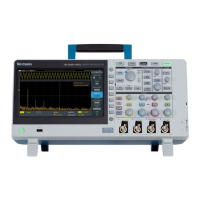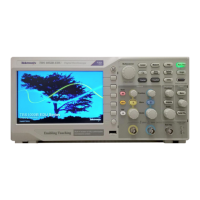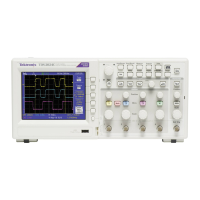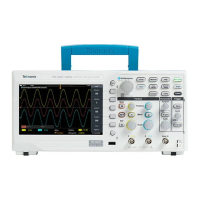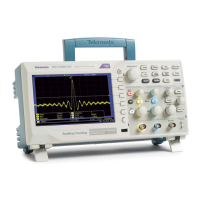Quoted String Arguments
Some commands accept or return data in the form of a quoted string, which is
simply a group of ASCII characters enclosed by single quotes (') or double quotes
("). For example:
"this is a quoted string"
Symbol Meaning
<QString> Quoted string of ASCII text
Follow these rules when you use quoted strings:
1. A quoted string can include any character defined in the 7-bit ASCII
character set. ASCII Code Chart on page 297.
2. Use the same type of quote character to open and close the string:
"this is a valid string"
3. You can mix quotation marks within a string if you follow the previous rule:
"this is an 'acceptable' string"
4. You can include a quote character within a string simply by repeating the
quote. For example,
"here is a "" mark"
5. Strings can have upper or lower case characters.
6. If you use a GPIB network, you cannot terminate a quoted string with the
END message before the closing delimiter.
7. A carriage return or line feed embedded in a quoted string does not terminate
the string, but is treated as just another character in the string.
8. The maximum length of a quoted string returned from a query is
1000 characters.
Here are some examples of invalid strings:
"Invalid string argument' (quotes are not of the same type)
"test<EOI>" (termination character is embedded in the string)
Block Arguments
Several instrument commands use a block argument form.
Command Syntax
TBS2000 Series Programmer 11
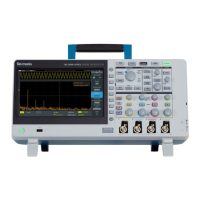
